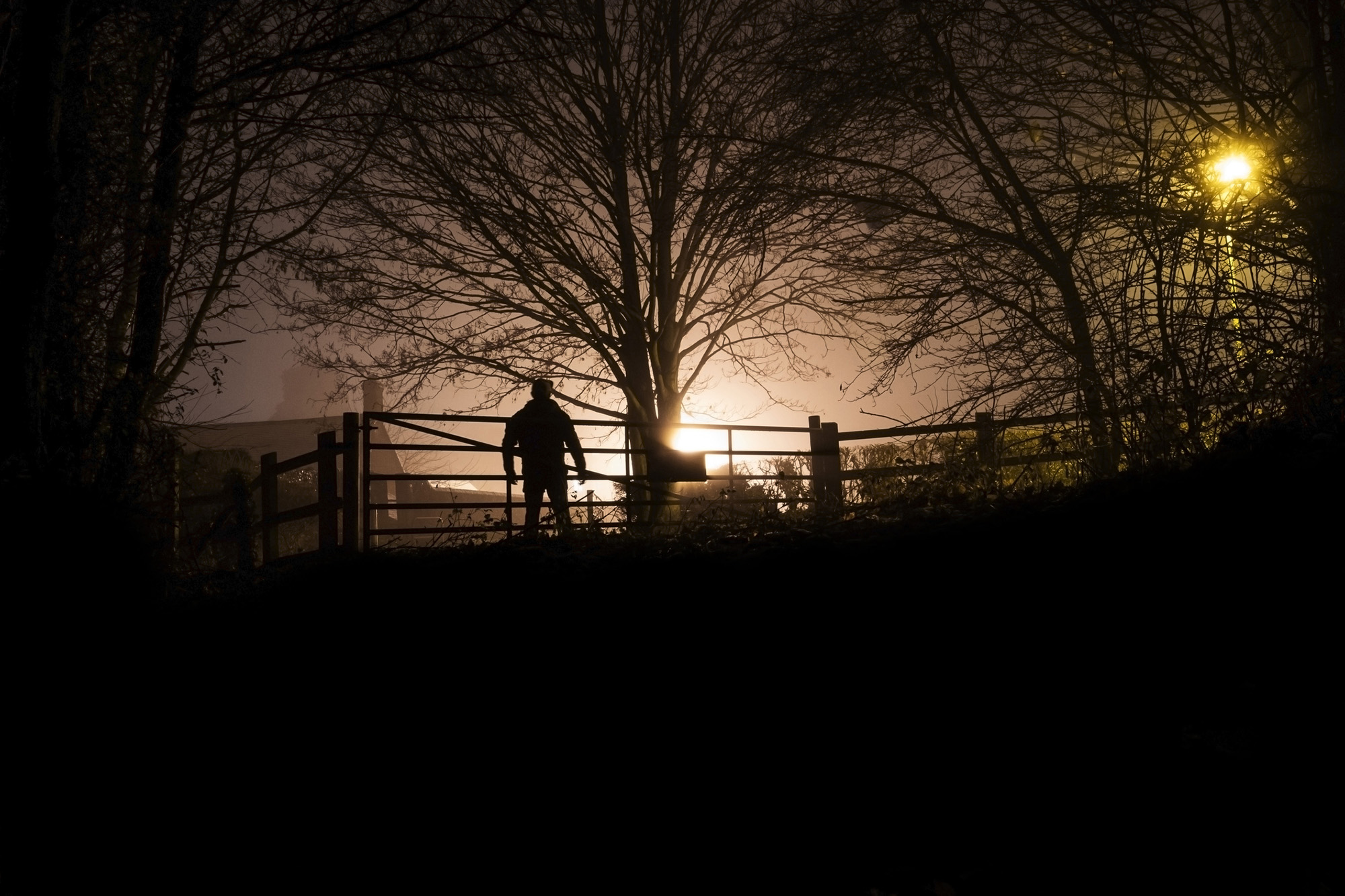Streaming services such as Stan and Netflix have radically transformed the distribution of Australian horror movies and TV series through their platforms and by commissioning and acquiring local works.
- Australian horror no longer the stuff of low-budget, underground outlets
- TV series spin-offs of well-received movies such as Wolf Creek made by streaming giants
- Sophisticated horror with psychological drama snapped up as “originals”
A chapter in a new book, Global Horror Production in the Twenty-First Century, maps how Australia’s distinct horror movie style has evolved from underground low-budget offerings to sophisticated, highbrow, international feature films between 2010 and 2020.
QUT film scholar Professor Mark Ryan, from QUT , is an expert on Australia’s ‘horror cinema’ and first author of the chapter, said radical changes in film production, content and distribution had enhanced and transformed opportunities for horror filmmakers.
“Digital disruption of streaming services has fundamentally upended the global distribution and viewing of feature-length movies between 2010 and 2020,” Professor Ryan (pictured above) said.
“The drop in cinema audiences and home video and the rise of subscription video-on-demand (SVOD) have impacted distribution of low-budget, independent, horror movies but, along with structural changes to the financing of Australian films, have created new openings for horror filmmakers.

“The Producer Tax Offset introduced in 2007 for movies with budgets of more than $1M, (changed to $500,000 in 2011) containing significant Australian content and production, has shaped and broadened investment in contemporary feature films,” Professor Ryan said.
“Stan (owned by Nine Entertainment) has focused on commissioning and acquiring Australian content as a point of difference from other SVOD services and invested heavily in local productions to secure exclusive access.
“The likes of Netflix and Stan brand their acquired and commissioned content as ‘Originals’ and these combined with their popularly accepted platform have opened up new, high-end, horror filmmaking opportunities.
“Since 2017, when Cargo was acquired by Netflix, a few Australian horror films have been secured by SVOD services each year.
Professor Ryan said Cargo (2017) and Relic (2020), both domestic productions set in Australia, represented the ‘elevated horror’ genre, the type of Australian horror film most likely to be acquired as an ‘Original’.
“With high-production values, the ‘elevated’ horror movie combines elements of the traditional horror genre with more highbrow associations such as psychological dramas and thrillers.
“Both Cargo and Relic premiered at non-genre specific film festivals – Cargo at the Adelaide Film Festival (2017) and Relic at the Sundance Film Festival (2020) before being distributed as Netflix and Stan exclusives respectively.
“The role of elevated horror in the ‘Originals’ strategy suggests an aim to offer exclusives that have mass appeal and likely to be received positively by critics, but also spark social media discussion and creativity such as memes around shocking, frightening, or tragic moments.”

Co-author Dr Jessica Balanzategui, from RMIT University, said Stan and other streaming platforms commissioned and distributed both feature films and episodic television content which had led to miniseries that adopt cinema genres and production values.
“Stan, for example, invested in the horror miniseries Wolf Creek that ran from 2016-17 and followed the Wolf Creek feature film of 2005, a move which could have been risky on free-to-air TV due to demographic and scheduling but enabled audience experimentation for streaming platforms,” she said.
“Stan’s Original two-season series Bloom also intersects with the elevated horror trend by combining drama with psychological dread and Gothic horror tropes.”
Professor Ryan said that because the Producer Offset had no budget ceiling for qualifying projects, higher-budget movies in typically expensive genres such as action and sci-fi had increased along with higher-budget movies in traditionally low-budget genres such as horror.
“Because the Producer Offset enabled producers to raise large budgets from investors, expensive horror movies such as Bait were made for A$30M in 2012, and Guardians of the Tomb (2018) for A$26M,” he said.
“At the same time, local independent filmmakers with budgets under $500,000 are using the horror genre as a production strategy to break into the formal feature film industry or target commercial returns from international pre-sales and territory sales.
Dr Balanzategui said the horror-specific SVOD Shudder, launched in Australia in 2020, targeted horror fans familiar with its various subgenres and formats such as the classic horror format of the anthology.
“The Australian anthology series Deadhouse Dark (2020) is an example of the unapologetically horror-branded content that Shudder has acquired and branded a ‘Shudder Exclusive’,” she said.
“The platform’s dedication to horror thus provides a space for Australian horror content that is not positioned as an elevated take on standard genre formulae but is purely for fans literate in the genre.”
is published in Global Horror Production in the Twenty-First Century. Edinburgh University Press.








